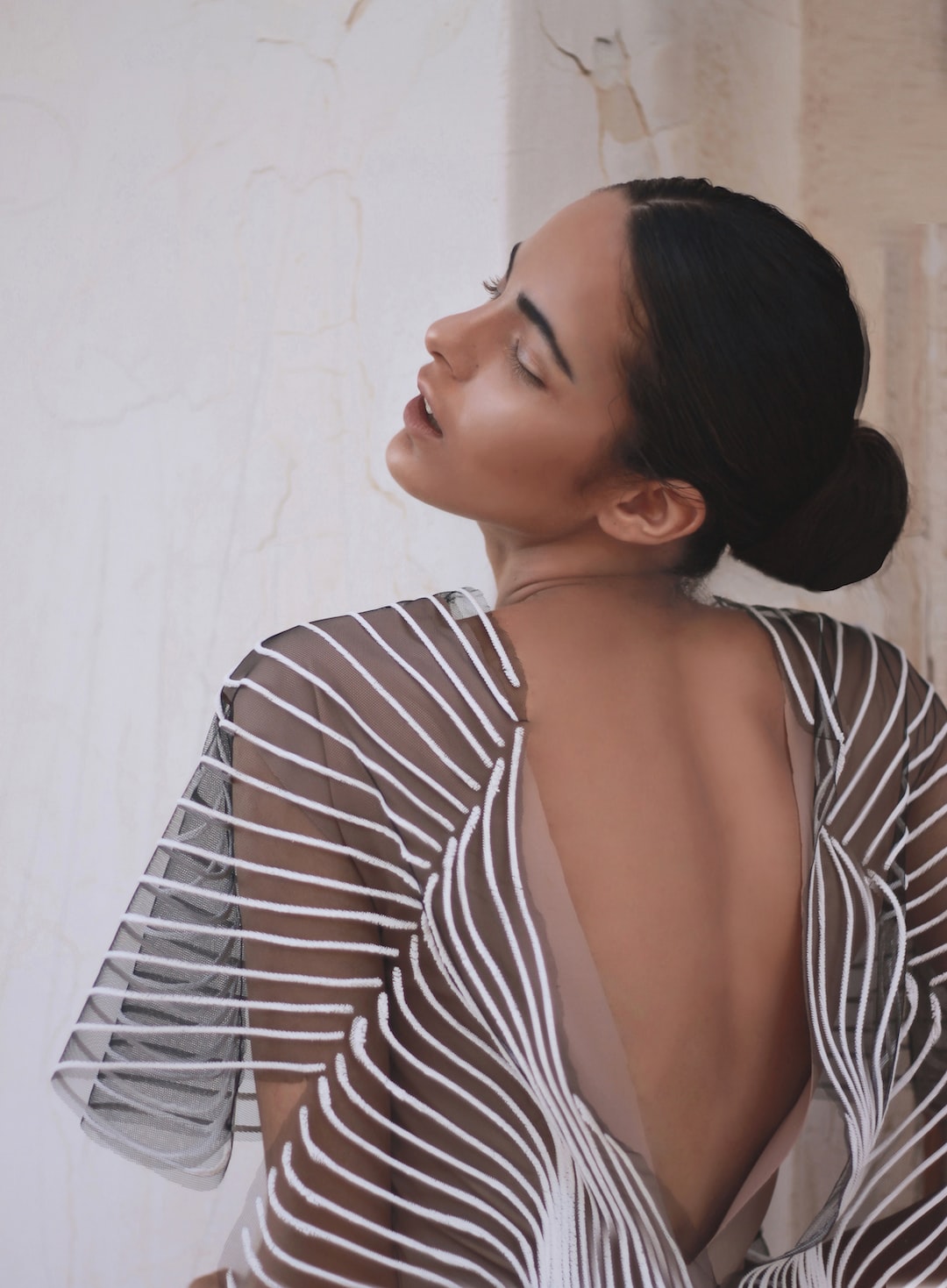Beyond the Runway: How Fashion Influences Popular Culture
Fashion is not just about clothing items that grace the runways of Paris, Milan, and New York. It is a powerful force that permeates every aspect of our lives and influences popular culture in myriad ways. From the music we listen to, to the movies we watch, and even the art we appreciate, fashion plays a significant role in shaping our collective consciousness. In this blog post, we will delve into the different ways fashion extends beyond the runway and influences popular culture.
One of the most obvious ways fashion impacts popular culture is through celebrity culture. Celebrities are trendsetters who have the ability to make an outfit or accessory instantly popular. Whether it’s a handbag carried by a Hollywood starlet or a pair of sneakers worn by a famous athlete, fashion choices made by celebrities become admired and emulated by the general public. This phenomenon has given rise to the concept of “celebrity endorsements,” where fashion brands enlist the support of influential figures to promote their products and increase their appeal. This symbiotic relationship between fashion and celebrity culture has been instrumental in making certain styles, brands, and designers synonymous with success and status.
Moreover, fashion has also proven to be a potent force in the music industry. Musicians often use fashion as a powerful tool to convey their personas and connect with their audiences. Iconic fashion moments, such as Madonna’s cone bra or Lady Gaga’s outlandish outfits, become ingrained in popular culture and shape the way we view and remember these artists. Additionally, fashion and music often collide in the form of collaborations between musicians and fashion designers. These collaborations help bridge the gap between the two worlds, creating unique and memorable collections that reflect both the artist’s aesthetic and the brand’s image. The influence of fashion on popular culture is not limited to the music industry; it extends to film and television as well.
In the realm of film and television, fashion serves as a powerful tool in character development. Costume designers meticulously select outfits and accessories to reflect a character’s personality, time period, or social status. From Audrey Hepburn’s “little black dress” in “Breakfast at Tiffany’s” to Carrie Bradshaw’s Manolo Blahnik obsession in “Sex and the City,” fashion choices on screen often become synonymous with the characters themselves. These fashion moments transcend the silver screen and become enshrined in popular culture, inspiring fashion trends and influencing the way people dress.
The influence of fashion on popular culture can also be seen in the art world. Fashion and art are inextricably linked, with many artists drawing inspiration from fashion and incorporating it into their works. Artists like Andy Warhol and Keith Haring have used fashion as subject matter, blurring the lines between high art and consumer culture. Additionally, fashion exhibitions in museums have become increasingly popular, attracting a diverse audience who recognizes the artistic value and cultural significance of fashion. The intersection of fashion and art has given rise to collaborations between designers and artists, resulting in unique, limited-edition collections that blur the lines between fashion and artistic expression.
In conclusion, fashion extends well beyond the confines of the runway and influences popular culture in numerous ways. From celebrity culture to music, film, television, and art, fashion plays a vital role in shaping our collective consciousness and reflecting the values and aspirations of society. Its influence can be seen in the way we dress, the music we listen to, and the art we appreciate. As fashion continues to evolve, its impact on popular culture will undoubtedly grow, cementing its position as a significant force in our society.

